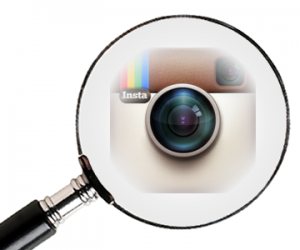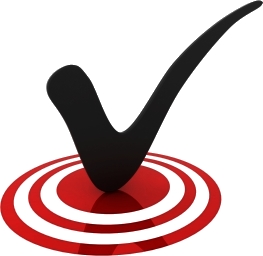The news cycle from April 2012 is nearly over but two tech stories are capturing headlines and my imagination:
- Facebook Buys Instagram for $1 Billion – New York Times, 9 April 2012
- Google Drive Arrives, At Last – InformationWeek, 24 April 2012
It’s pretty clear why these items are newsworthy with the mainstream press: large companies, large markets, large valuations. The press and public alike care about Facebook and Google, and these announcements demonstrate their industry power and offer guidance to future strategy.
My interest in these stories are a bit different. For me, these news stories provide an opportunity to connect with customers through current events. Bill Freedman’s Soon to be a Major Trend doesn’t pick winners, cover breaking news or expound on industry trends, but we do talk about persuasion, marketing and growing audiences. The Instagram and Google Drive news tie into principles that are near and dear to my efforts: focus and agility.
Instagram Succeeds With Focus

Instagram Succeeds With Focus
I have Instagram on my iPhone. I like the interface and have used it take many photos and to share a few photos with my social networks.
Instagram has a good product and an even better strategy. They focused on mobile photography sharing process for iOS. They innovated with simple-to-apply filters, social sharing and free distribution. They didn’t rush into obvious and difficult areas such as Android and video. Their iPhone app first shipped in October 2010, but they waited until April 2012 to ship on Android. They haven’t released a video app. May be they will in the future…I don’t know.
Focus didn’t mean they did only a little. It means what they did, they did very, vey well. Most will agree that their mobile app works well and the cloud component of their solution scaled well as they added more than 130,000 users per week.
Focus is a great strategy, especially when combined with a large market and product innovation. Focus takes significant management discipline. In a startup, the hard thing isn’t killing bad ideas. It’s killing all the good ideas you shouldn’t do right now. For Instagram the results are indisputable: their small team scored big!
Google Late to the Cloud Storage Party

Others More Agile Than Google Drive
I’m a big fan and heavy user of Google products. They are a company that has done more to sieze the Internet opportunity and capitalize on the digital revolution than virtually any company on Earth.
Google Drive is a nice product. It delivers Dropbox-like cloud file storage and Box.net-like cloud content collaboration. I’ve used Google Drive sporadically for the past week. It works as expected and nicely integrates with Google Docs and Chrome.
I’m quite happy that I chose to work with the nimble Dropbox solution and didn’t wait for Google Drive. I first heard about Google Drive around 2007. Shortly thereafter a working product became available from Dropbox, which I started using for free. Dropbox succeeded quickly with a freemium cloud solution before most of us had heard of “freemium” or the cloud. My cloud sharing workflow is humming nicely with Dropbox and I see few advantages to selecting a new supplier for this service.
Kudos to Dropbox and Box.net for being agile, innovating, investing and executing with the “cloud of Google” hovering over their marketplace. An additional shout out goes to Synology DiskStation NAS and Apple Time Machine for enabling set-it-and-forget-it back up/restore for our home computers.
Their is an optimistic lesson that every start-up entrepreneur can learn from Google Drive. Chirs Sacca put it best in a tweet: In the end, my lesson learned again and again? Never count on a big company beating a startup. Never.
